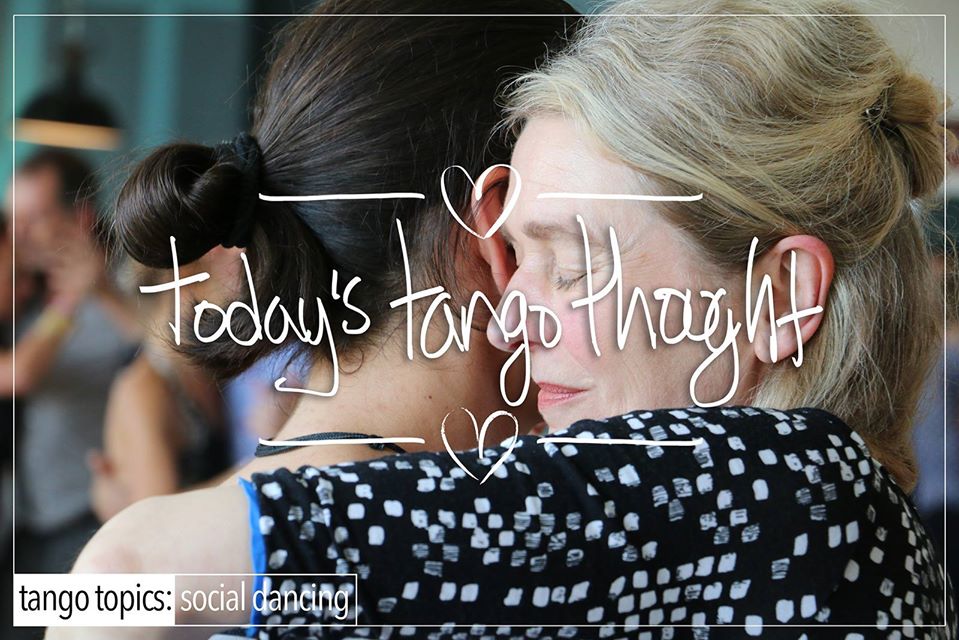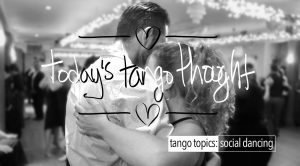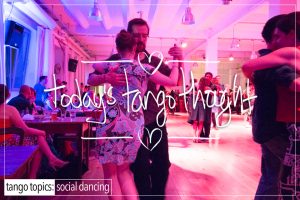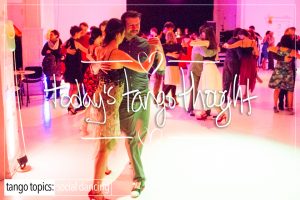There are 5 basics for both lead and follower:
1.) Walking.
2.) Ochos.
3.) Turns.
4.) Crosses.
5.) Embrace.
The 1st is the golden fantasy of Tango, not the reality on a modern social dance floor.
The 2nd is usually Traveling Ochos, and infrequently Milonguero (“Lazy”), there are 8 kinds of ochos!
The 3rd is modern Tango to a ‘T’, the Turning Dance.
The 4th is usually done in Parallel Walking System at first, and later on, Cross!
and the 5th causes more problems than it’s worth, mostly due to instability, compression, tension, force, and resistance.
The 3rd and 5th are where you’re going to spend all your time.











